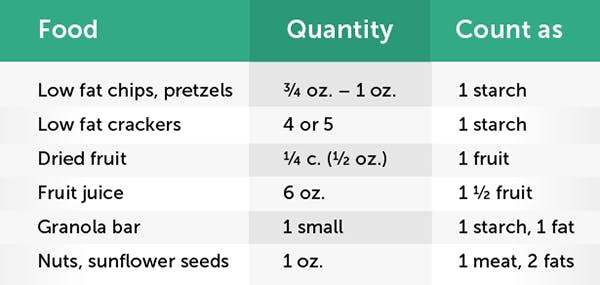About Smoking
Smoking causes lung damage, increased heart rate and high blood pressure. It also narrows the blood vessels. In a person with diabetes, these effects are increased. The risk of heart attack, stroke and other blood vessel problems are much greater. Many smokers end up with amputations.
What changes occur when you quit smoking? The American Lung Association reports the following changes in the body after you quit: *
- 20 minutes after quitting: Your heart rate drops to a normal level.
- 12 to 24 hours after quitting: The carbon monoxide level in your blood drops to normal. The risk of heart attack is greatly reduced.
- 2 weeks to 3 months after quitting: Your risk of having a heart attack begins to drop. Your lung function begins to improve..
- 1 to 9 months after quitting: Your coughing and shortness of breath decrease.
- 1 year after quitting: Your added risk of heart disease is half that of a smoker's.
- 5 to 15 years after quitting: Your risk of having a stroke is reduced to that of a non-smoker's. Your risk of getting cancer of the mouth, throat, or esophagus is half that of a smoker's.
- 10 years after quitting: Your risk of dying from lung cancer is about half that of a smoker's. Your risk of getting bladder cancer is half that of a smoker's. Your risk of getting cervical cancer or cancer of the larynx, kidney or pancreas decreases.
- 15 years after quitting: Your risk of heart disease is the same as that of a non-smoker.
Important Steps to Take Make up your mind to quit. Ask your doctor, family and friends for help. Several medicines are available that can make quitting easier. Also, check into local programs to help you stop smoking. This is not an easy thing to do. Keep trying, even if you relapse now and then.
How can your doctor help? Talk with your doctor about your personal risk factors. Discuss your options. There are a number of smoking cessation aides that your doctor can order (pills, patches, gum, etc.). They can also refer you to programs that are designed to help you to "kick the habit".
Where can you go for more help? American Cancer Society www.cancer.org 1.800.227.2345 American Heart Association www.heart.org 1.800.242.8721 (information available in Spanish or English) American Lung Association www.lung.org 1.800.586.4872 *http://www.lung.org/stop-smoking/how-to-quit/why-quit/benefits-of-quitting/ Accessed 06/21/19


